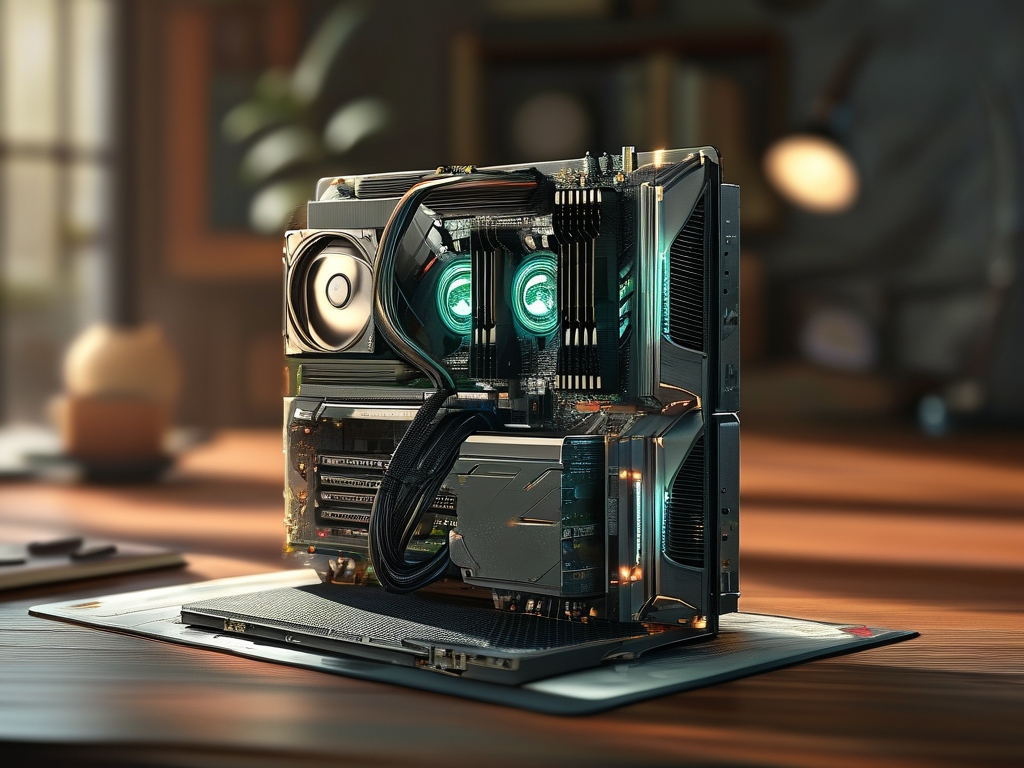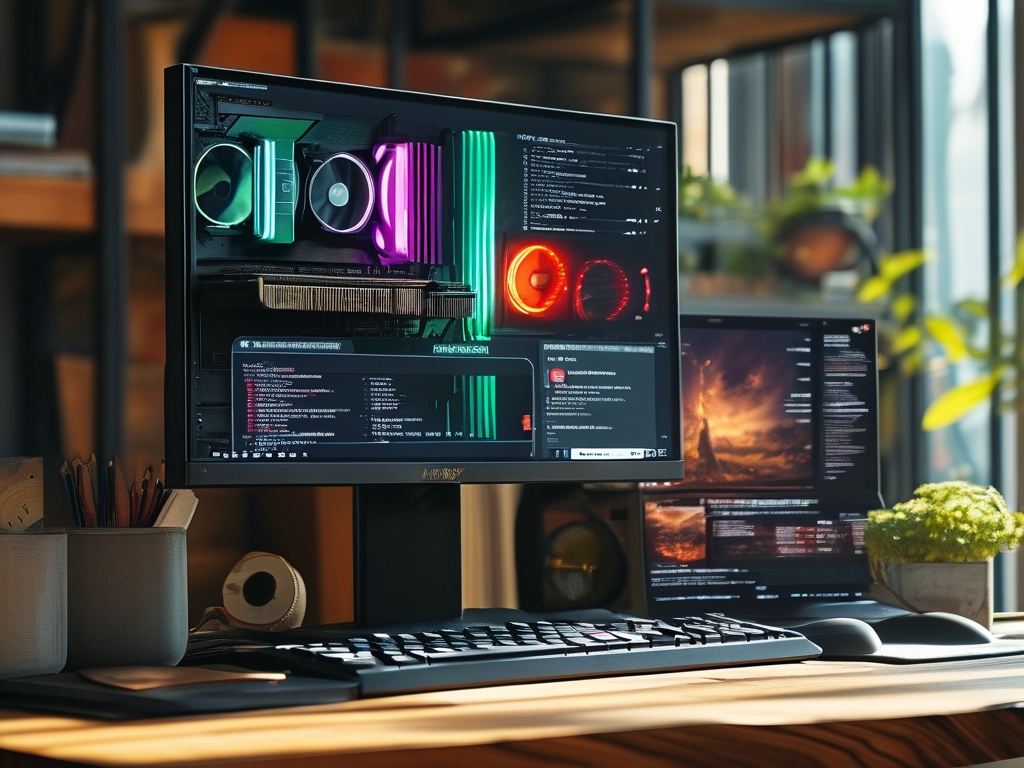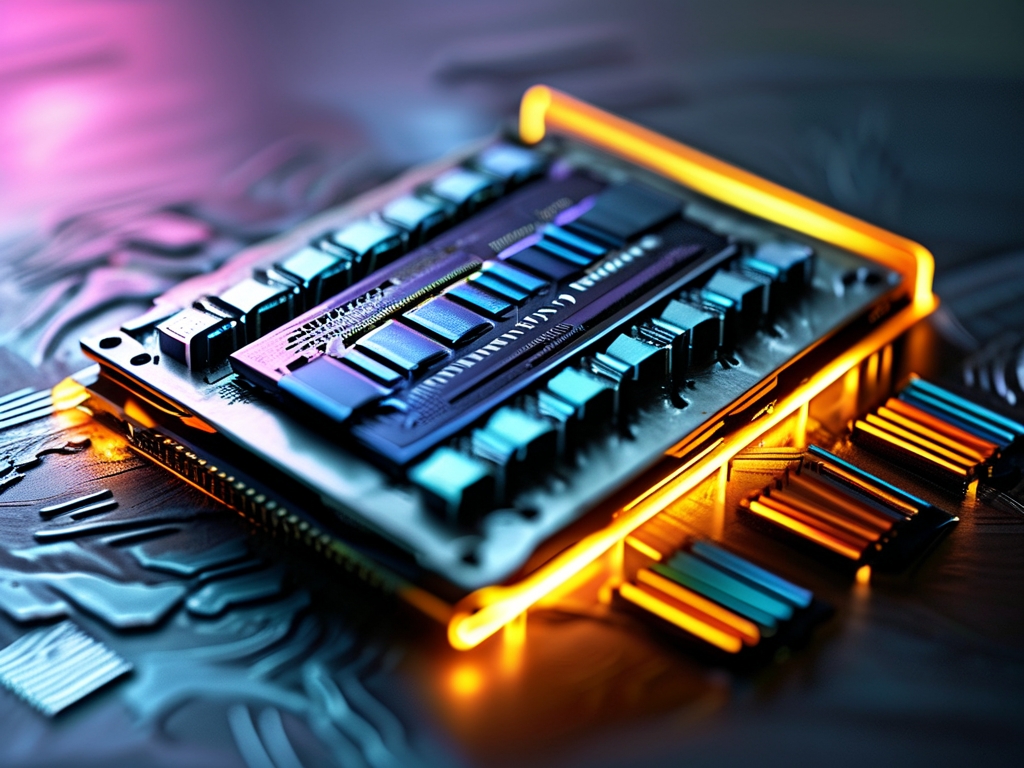The question "Can memory be used for computation?" might sound paradoxical at first glance. After all, traditional computer architectures strictly separate memory (where data is stored) and processors (where computations occur). This division, rooted in the von Neumann architecture developed in the 1940s, has powered computing for decades. However, as technology pushes against the limits of efficiency and speed, researchers and engineers are reimagining this paradigm. The emerging field of in-memory computing challenges the status quo by proposing that memory itself could perform computational tasks—a shift with the potential to revolutionize industries from artificial intelligence to edge devices.

The Von Neumann Bottleneck: A Legacy Limitation
The von Neumann architecture, while revolutionary, introduces a critical inefficiency known as the "von Neumann bottleneck." In this model, data must constantly shuttle between the CPU and memory, consuming time and energy. As processors grow faster and datasets expand, this back-and-forth becomes a major performance hurdle. For example, training modern AI models requires moving terabytes of data between memory and processors, leading to significant latency and power consumption. A 2020 study by IBM estimated that up to 90% of a processor's energy is spent moving data rather than performing computations.
This bottleneck has spurred interest in alternatives—and in-memory computing is among the most promising.
What Is In-Memory Computing?
In-memory computing (IMC) refers to systems where computational operations are performed directly within memory units, eliminating the need for separate processors. This approach leverages the physical properties of memory cells—such as resistive RAM (RRAM), phase-change memory (PCM), or magnetoresistive RAM (MRAM)—to execute logic operations.
For instance, resistive memory devices can naturally perform matrix multiplication, a core operation in machine learning. By encoding data into resistive states and applying voltages, these devices calculate results without transferring data to a CPU. Startups like Mythic AI and established companies like Samsung are already prototyping chips using this principle.
Advantages of In-Memory Computing
- Energy Efficiency: By reducing data movement, IMC slashes power consumption. A 2021 paper in Nature Electronics demonstrated an RRAM-based chip that performed AI inference tasks with 1/100th the energy of a GPU.
- Speed: Computation within memory bypasses the latency of data transfer. Researchers at Tsinghua University built a PCM-based system that processed image recognition 50× faster than conventional CPUs.
- Scalability: IMC architectures simplify chip design, enabling denser and more cost-effective hardware.
Technical Challenges
Despite its promise, in-memory computing faces hurdles:

- Precision: Analog memory devices (like RRAM) suffer from noise and variability, making them less reliable for precise calculations.
- Material Science: Developing stable, durable memory materials that operate at scale remains a challenge.
- Software Ecosystem: Traditional algorithms are designed for von Neumann systems. Adapting them to IMC requires new programming models.
Real-World Applications
- AI Accelerators: Companies like Intel and IBM are investing in IMC chips tailored for neural networks. These could enable real-time AI on smartphones or drones.
- Edge Computing: Low-power IMC devices are ideal for IoT sensors, enabling local data processing without cloud dependency.
- High-Performance Computing (HPC): IMC could accelerate scientific simulations by orders of magnitude.
The Road Ahead
In-memory computing is still in its infancy, but progress is rapid. The European Union’s NEURAMAT project and the U.S. Department of Energy’s investments highlight its strategic importance. Within a decade, hybrid architectures combining von Neumann and IMC elements may become mainstream.
The answer to "Can memory be used for computation?" is a resounding yes—but with caveats. While technical barriers persist, the potential benefits in speed, efficiency, and scalability make in-memory computing one of the most exciting frontiers in technology. As materials science and algorithm design advance, we may witness a paradigm shift as profound as the invention of the transistor.


